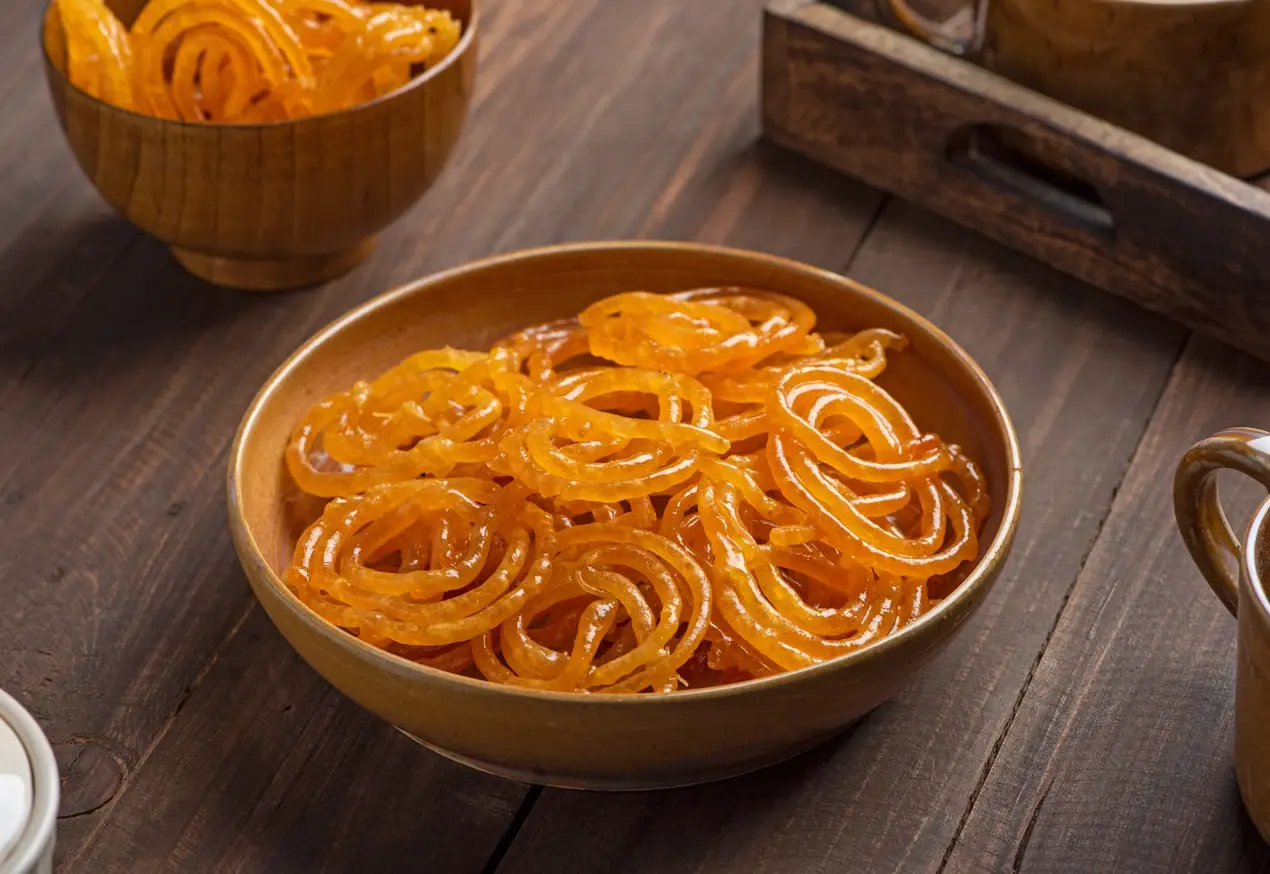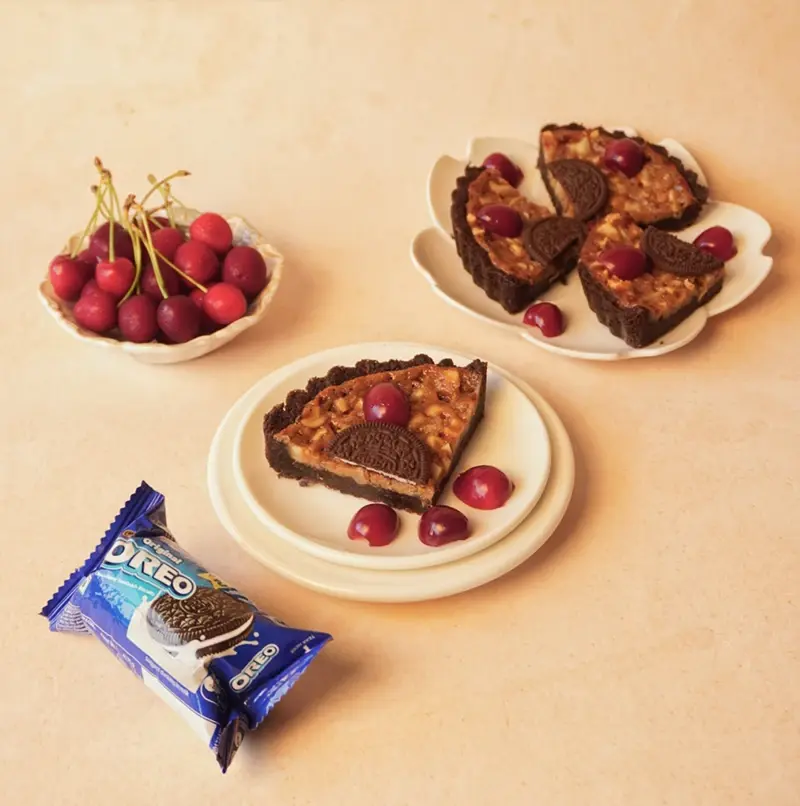- Home
- Articles
- The history behind some traditional Halloween desserts we know and might not know today
Halloween is rooted in Celtic traditions when life was brutal and people were at the mercy of nature, so let’s find out the history of some traditional Halloween desserts

Did you know that the traditional Halloween desserts have a tale that dates back to at least medieval times before scary costumes and treat-or-treat rituals didn’t exist? We picked a bunch of them that are well-known whether old or modern and how they came to be. Some of these desserts aren’t really enjoying the limelight lately, it's time we changed that, just in time for Halloween, when they are baked and prepared.
1. Soul Cakes

It is a time-honoring tradition to throw sweets at Death who is the master of Hallow's Eve or Halloween that everyone is scared or wary of. The Soul cakes are rooted in Druidic tradition and these sect hosted bonfires to fend off evil spirits. Halloween is thus connected to Samhain tradition which was celebrated between October 31 and November 1, their New Year, and also honors ancestors. As time passed, the bonfires faded and Samhain got the name of All Souls' Eve and All Souls' Day. This happened in the Dark Ages as night visitors went door to door and if lucky were greeted with a pile of hot soul cakes. Some connect it to bonfires and human sacrifices too and it wasn’t until the 8th century that they started circulating in civil society.
2. Candy Corn
This creation might not be as appealing as it looks but is certainly symbolic of some of the traditional Halloween desserts. It was made around the 1880s when candy factories were booming in the West, the creation being credited to George Renninger, an employee at Wunderle Candy Company in Philadelphia. It was further popularized by the Jelly Belly Candy Company, but it didn’t quite take off until after World War I when corn started being eaten. Candy Corn is made with sugar and corn syrup and is banded in three colors that were called “chicken feed” and not yet popular or even called candy. But as the 20th century rolled in, kids started buying heaps of them for a penny. As America started embracing Halloween around the 1950s, wholeheartedly, candies became a staple, and candy corn found its rightful place too.
3. Pumpkin Pie

To talk about pumpkin pies and Halloween, one needs to go back to the day’s history, when people celebrated it to ward off evil spirits, and pumpkins were believed to ward them off. There’s also a story of the pie specifically that is associated with a certain Mrs. Wilkerson. It is said that she baked a pumpkin pie on Halloween for her husband who loved the pie. She told him that after they pass on, there won’t be pie and Americans are much too fond of their pies. Imagine Mr Wilkerson’s rage as he retorted that he won’t be dying but exactly that happens a little later, and he collapses into the pumpkin pie. His spirit kept coming back when the widow baked more pies after burying him. That is the tale of the pumpkin pie!
4. Barmbrack
An Irish specialty, Barmbrack is a fruit cake of sorts baked especially for Halloween that has a tradition of being baked with a ring, a coin, and a piece of cloth. It is said that whoever gets the ring in their slice, the person will find everlasting love and marry. The one who finds the coin is a symbol of future riches awaiting them and the piece of cloth stands for bad luck with money. The Irish folk still carry on the celebrations of Samhain, wherein they carve pumpkins and dress up and also play many games, and of course, they involve apples.
5. Candy Apples

Like the Soul cakes, candy apples also have a Celtic connection going back to the celebration of Samhain. It worried the people back then as summer ended and the harvest season also came to an end. To ensure life returned to nature in its full glory, a bonfire would be held with apples tied to branches of evergreen trees, with offerings of fruit and nuts and animal sacrifices. Nature worshippers as they were, they also believed that the door to the underworld was open and spirits both of their ancestors and the ones causing mischief and bad deeps would visit the living. While candy apples might not be the Celt’s invention, it did pave the way for them. Candy apples are an American tradition when apples accidentally fell in a vat of candy syrup in a William Kolb, a candy maker, leading to their invention.
Like This Article?
More Like This



Popular Articles





Trending Web Stories
Curated Recipes



















